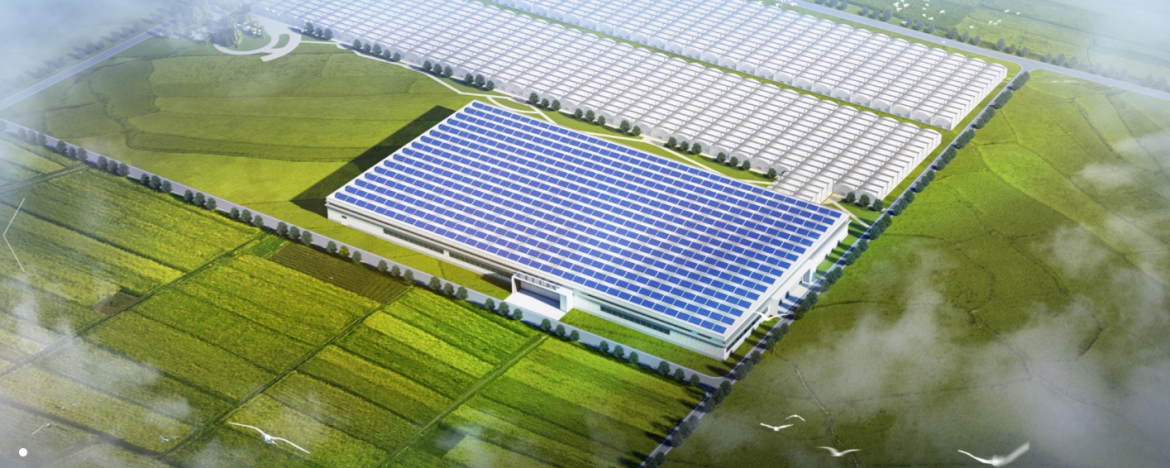As urban areas expand and global demand for sustainable food production continues to rise, innovative farming solutions are increasingly recognized as essential for ensuring efficiency, consistent quality, and environmental responsibility. Vertical farming, which integrates multi-layered crop cultivation in controlled environments, has gained attention for its ability to optimize limited urban spaces while maintaining consistent yields. This approach addresses challenges such as land scarcity, supply chain constraints, and environmental concerns, offering a modern alternative to conventional agriculture practices. By producing crops closer to urban centers, vertical farming also reduces transportation costs and emissions, supporting local food security while meeting the growing expectations of urban consumers who seek fresh and reliable produce.
Key Components of Vertical Farming Success
Successful vertical farms rely heavily on technology-driven systems that enhance crop growth, efficiency, and precise resource management. Advanced lighting technologies, including LED plant lights, automated nutrient delivery, and climate control systems create ideal conditions for year-round cultivation. In regions such as North America, Europe, and the Middle East, these systems allow experienced operators to consistently produce high-quality crops while adapting to local market demands. By integrating AI and data-driven environmental monitoring, growers can maintain uniformity across multiple production layers, optimize energy consumption, reduce labor intensity, and achieve greater operational predictability. These systems are particularly advantageous for crops like strawberries, which require careful environmental control to achieve consistent fruit size, taste, and shelf life, making high-precision management a critical factor in vertical farming operations.
The Role of Industry Innovators
Companies at the forefront of vertical farming have developed comprehensive solutions that combine technology, scalability, and operational reliability. 4D Bios is a prominent example, offering intelligent farming solutions tailored for industrial-scale cultivation. Their systems integrate automated lighting, nutrient optimization, and AI-driven environmental control to enhance both productivity and quality. Notably, 4D Bios has empowered the strawberry industry by creating digitally intelligent agricultural complexes that integrate cultivation technology with agricultural tourism and cultural development. This approach allows experienced operators to efficiently manage large-scale farms, improve resource utilization, and maintain consistent yields, demonstrating the practical value of combining innovative technology with well-designed plant factory systems.
Conclusion: Transforming Agriculture with Expertise
Leaders in vertical farming are defined not only by their technological innovations but also by their ability to deliver scalable, sustainable, and efficient farming solutions. Companies like 4D Bios exemplify this approach, providing comprehensive solutions that integrate automation, precise environmental control, and industrialized production methods. Their work enables experienced growers to optimize yields, maintain uniform quality, reduce operational risks, and implement sustainable practices in diverse geographic markets. By focusing on high-tech plant factory solutions and digital agriculture innovations, they continue to advance urban farming initiatives worldwide and contribute to modernizing agricultural practices in Europe, the Middle East, North America, Australia, and Singapore, helping cities meet increasing demand for fresh, high-quality produce while supporting environmental sustainability and local food systems.


